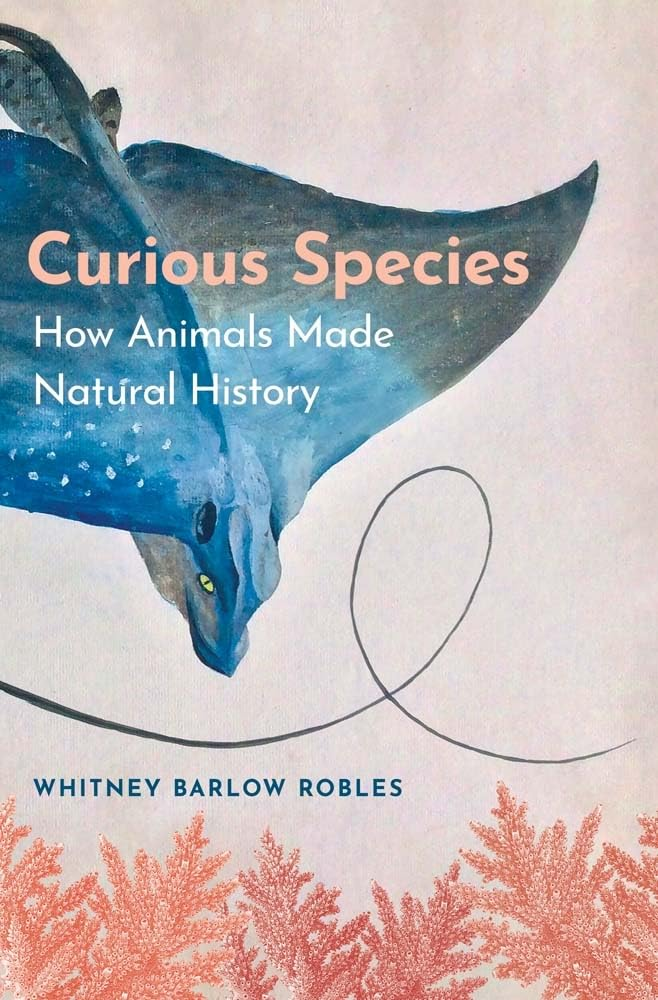The human “empire over the animals,” Buffon said in summary, “is not absolute.” His diagnosis was at once a material and an epistemological claim: The physical attributes and behaviors of animals prevented them from being mastered, and their “impure” characteristics made them impossible to confine in taxonomic or moral categories. For Buffon, some animal bodies would always be able to hide in places inaccessible to humans, just as some animal identities would remain out of intellectual reach, ensconced within “the shade between” human classifications.
This idea that acquiring comprehensive knowledge of animals is impossible is absent from many of today’s histories of science, whose authors often assume that Enlightenment-era naturalists sought complete mastery of the nonhuman world. The “dream of total knowledge in Christian natural history,” writes historian James Delbourgo, was founded on the idea that “the universe had not changed since the creation so naturalists could aspire to assemble complete catalogues of natural kinds.” But for Buffon, as for many of his contemporaries, total knowledge was illusory because animals often refuse to cooperate with humans’ grand classificatory efforts. As demonstrated by two recent books—Curious Species: How Animals Made Natural History, by science writer and historian Whitney Barlow Robles, and The Tame and the Wild: People and Animals After 1492, by historian Marcy Norton—animals have always had agency, and they have used it to complicate, participate in, and resist human designs.
Over the last couple of decades, scholars studying the history of science have sought to amplify the category of the “knowledge producer” by giving attention, for example, not only to credentialed elites but also to marginalized groups and subjects. Both Robles and Norton expand this project further, beyond the horizons of humanity, to present animals themselves as “drivers of historical change.” They aim to bring nonhuman creatures in from the margins of history. For Robles, that history consists primarily in the development of natural science, beginning in eighteenth-century Europe and North America, while Norton’s subject is the colonization of the Americas.
The two books share a thesis: that human-animal relationships do not just describe or illuminate human self-understanding but in some sense contribute to the formation of human self-understanding. As Norton puts it, “the ways that people relate to other animals…are generative of how people understand themselves and others.”

